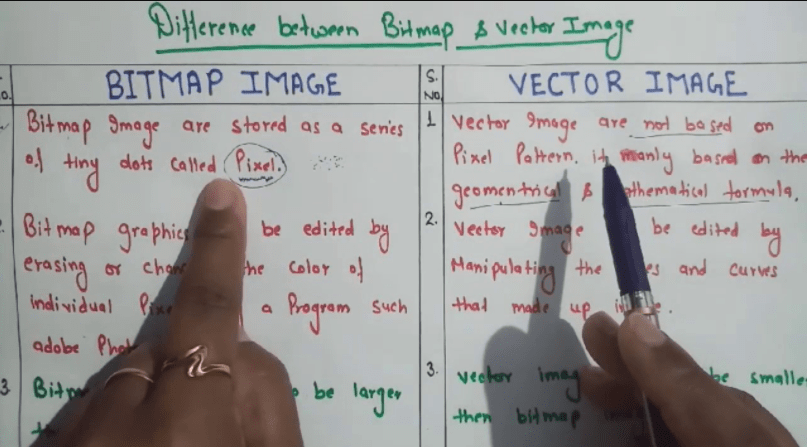

Most computer images are stored in raster graphics formats or compressed variations, including GIF, JPEG, and PNG, which are popular on the World Wide Web. Adaptive methods change depending on what they are interpolating. Raster (or bitmap) images are generally what you think about when thinking of images. Image storage Using a raster to summarize a point pattern.
#Raster vs bitmap software
The software and the interpolation method determine what color those added pixels will be.Ĭommon interpolation algorithms can be grouped into two categories: This process is called interpolation.įor reference, if a red pixel and a blue pixel are next to each other and the designer doubles the image resolution, two pixels will be added between them. When graphic designers need to increase the size of a bitmap image, the software creates new pixels by estimating the color values of the new pixels based on the intensity of surrounding pixels. It is recommended to save a copy of the vector file in its original format before converting it to a bitmap. Once the designer converts the vector image to a bitmap, the image loses all its qualities in its vector state. Raster images are made up of tiny squares called pixels and are often referred to as bitmap images.

When converting a vector image to PNG, GIF, or other bitmap format, designers can specify the output resolution (72dpi, 150 dpi, 300dpi) and the final size (pixels, inches, or centimeters) required.


 0 kommentar(er)
0 kommentar(er)
